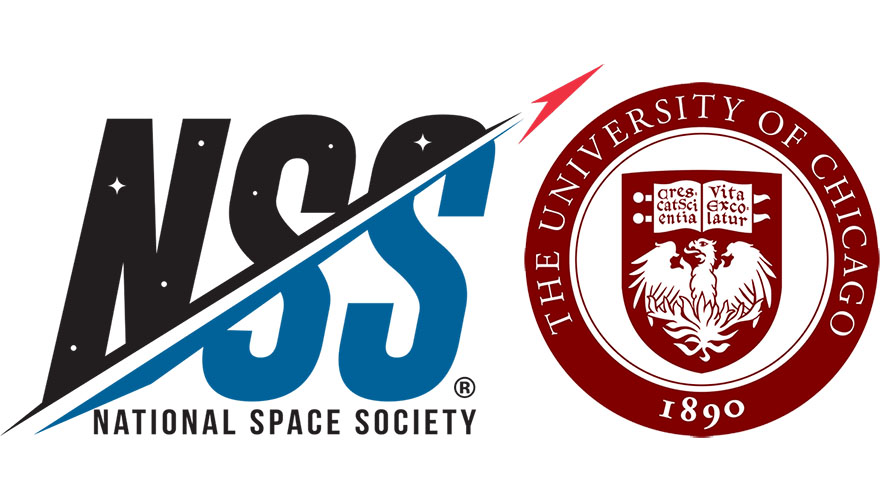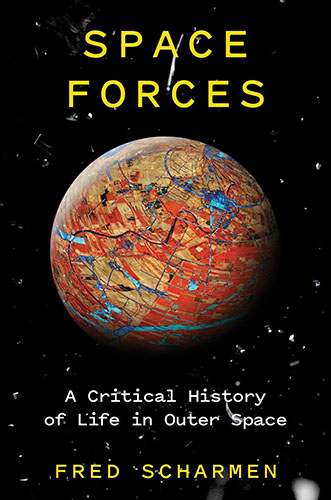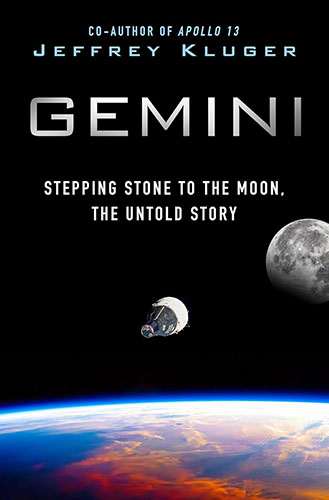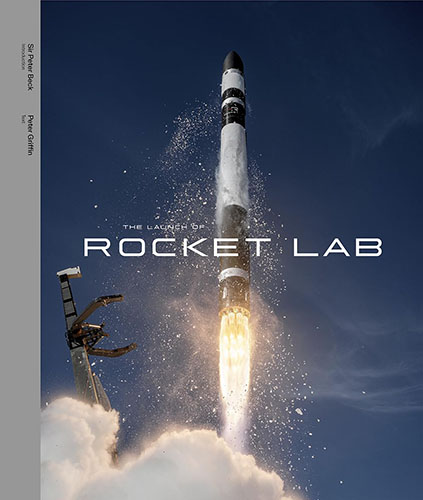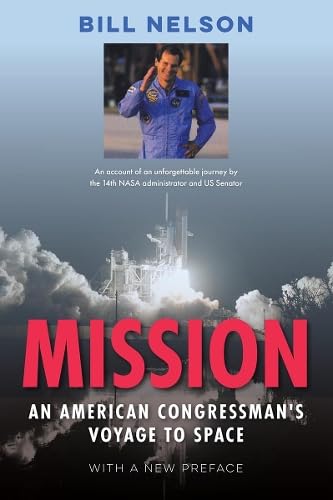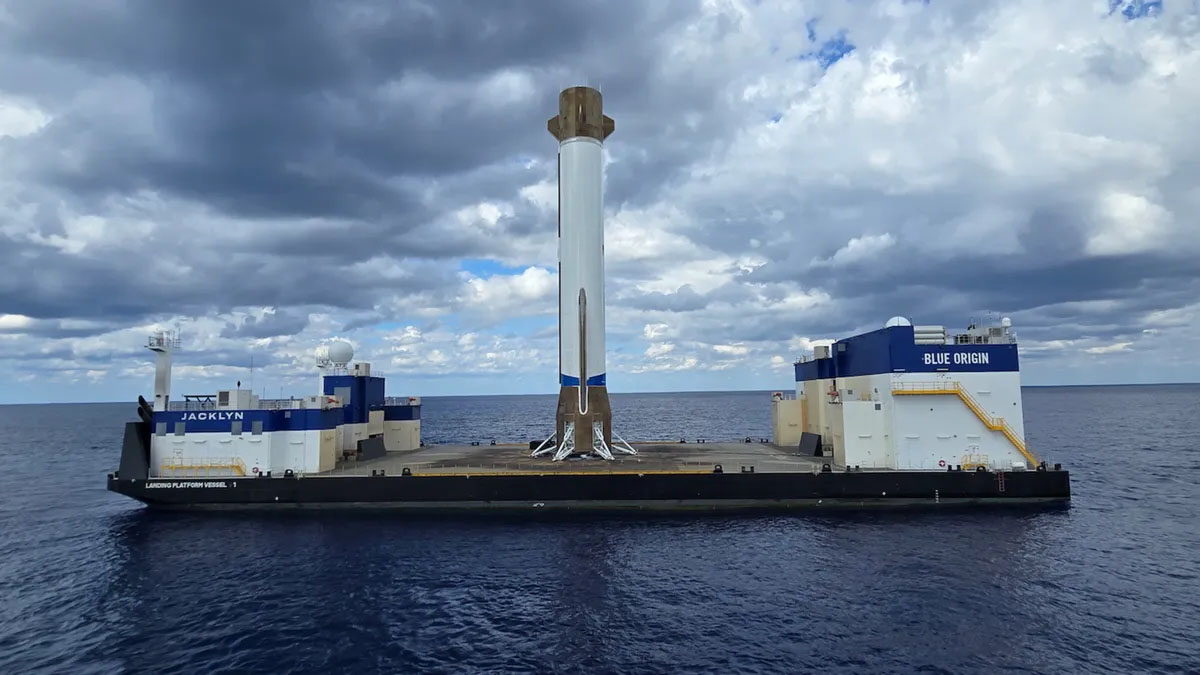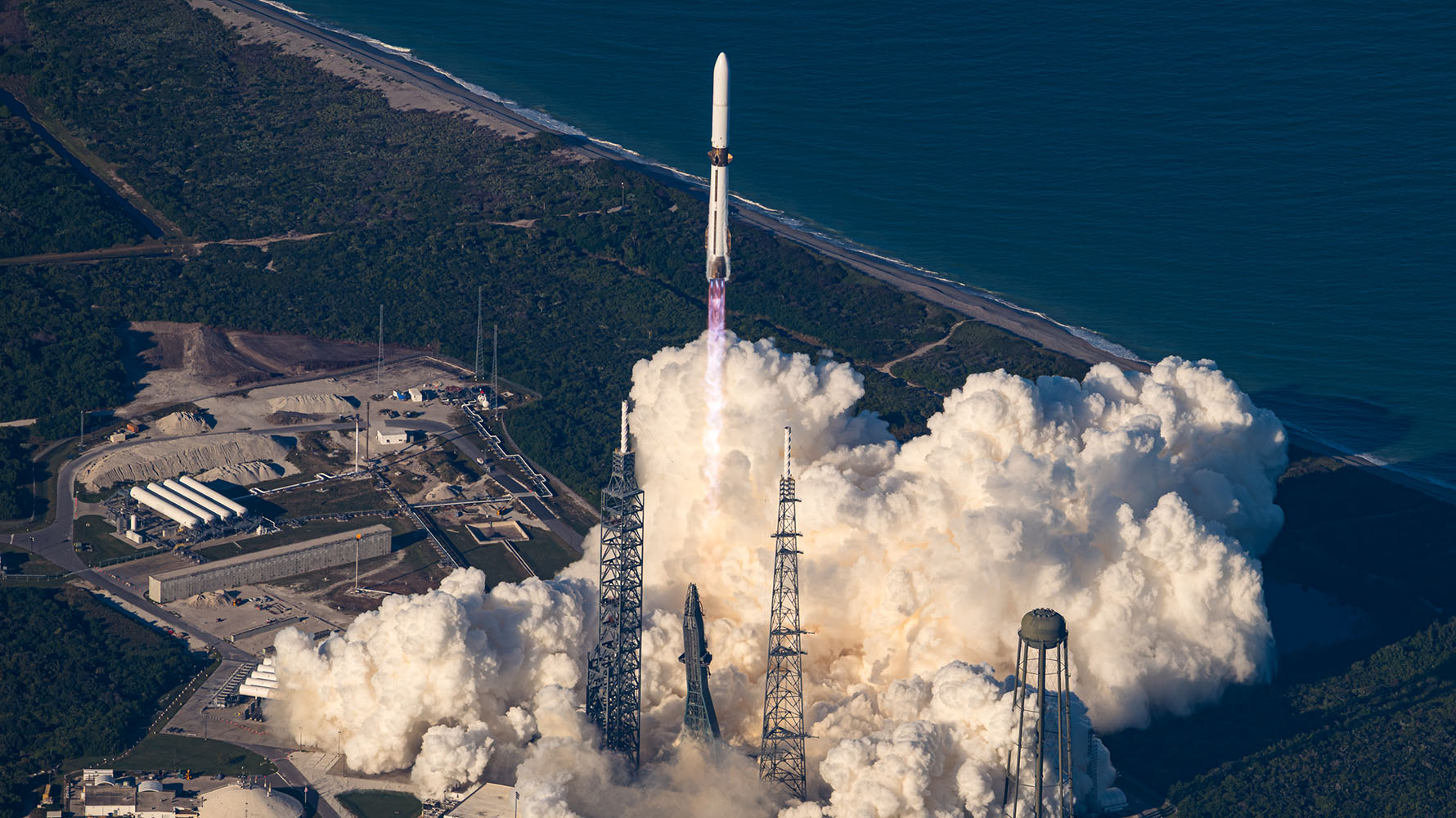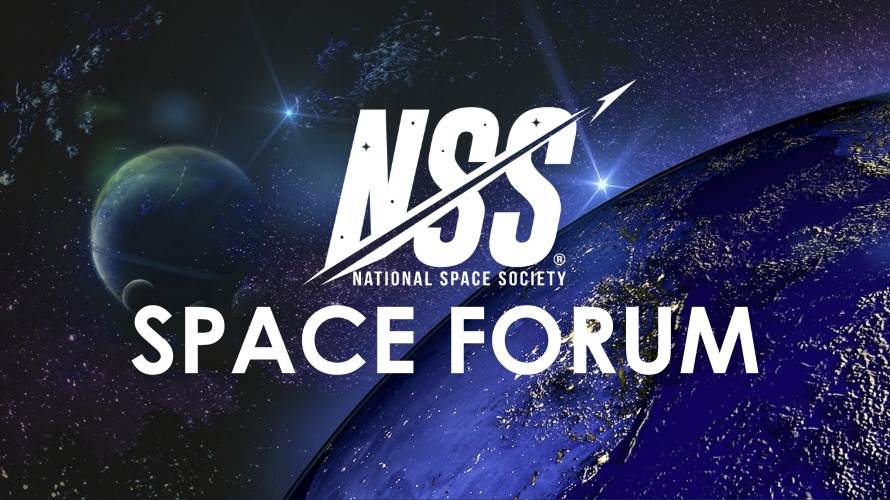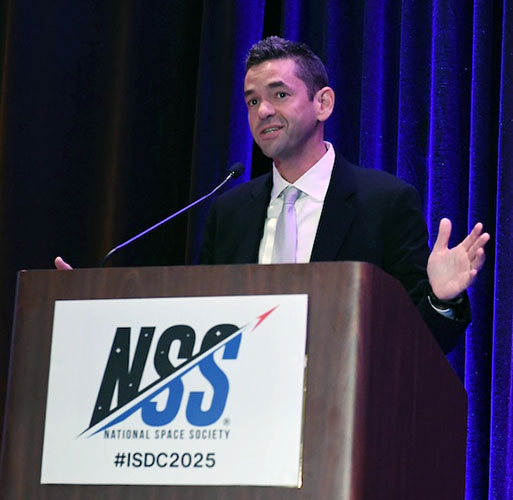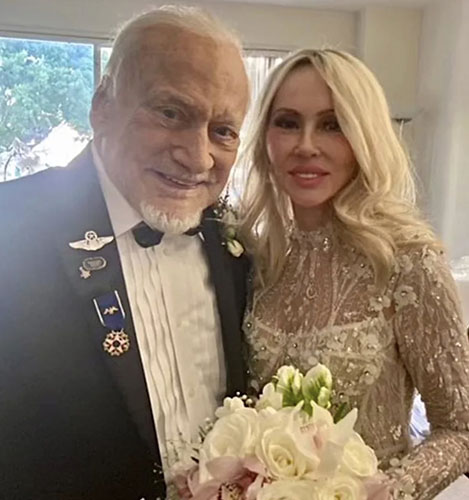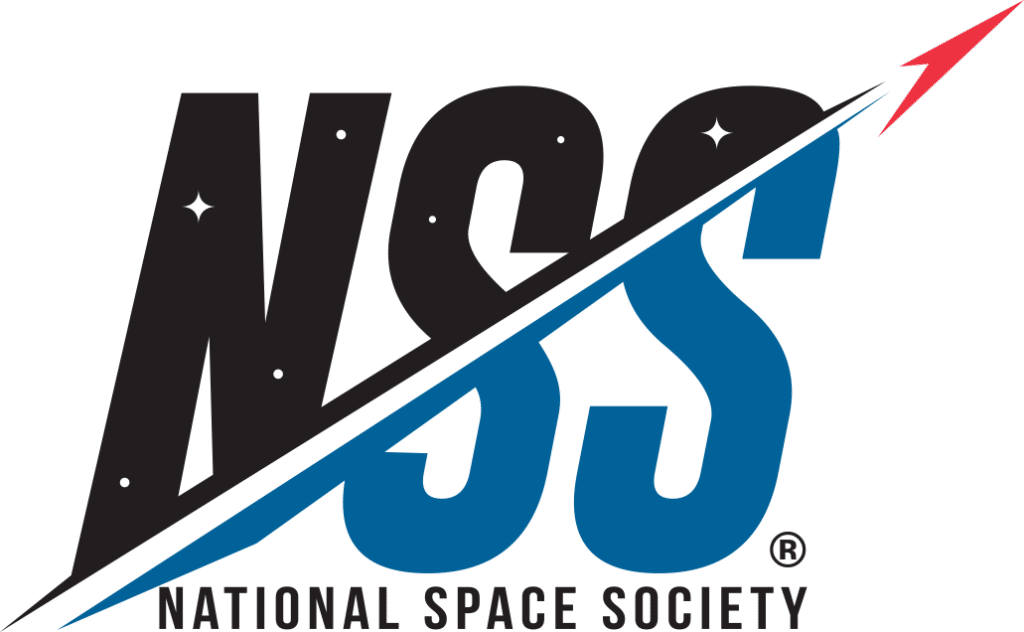By Frances Dellutri, NSS Director of Education; Lynne Zielinski, NSS VP of Education Emerita; Xavier Gonzalez, NSS VP of Education
The SpacEdge Summer Intern Program
The NSS SpacEdge Education program is proud to share the work of its shining stars of last summer –our interns! The SpacEdge internship allows an intern to work remotely on real projects for our lessons in SpacEdge Academy, our online educational portal. Students can polish up their skills in communication, collaboration, problem-solving, and time management while learning about the space industry and the workings of a non-profit organization.
The intern tasks for this summer’s SpacEdge Academy Project were:
- Researching, organizing, and adding information into SpacEdge Academy to build new or enhance existing lessons.
- Evaluation of current courses through supplied templates.
- Developing or locating graphics for the Academy.
- Collaborating with subject matter experts and others on the SpacEdge team.
The 2025 University of Chicago Summer Internship Program with SpacEdge was organized into two focus areas: SpacEdge Academy lesson creation/curation and historical research in lunar mapping.
Internships for “Development of Space” Lesson Creation
Three interns focused on the last century of innovation in the rocket industry propelled by the centennial celebration of Robert Goddard’s first successful liquid-fuel rocket launch in 1926, (a feat as historically significant as the first successful flight of the Wright brothers in Kitty Hawk). Robert’s achievement set the stage for the rapid development of rocket innovation, design, and manufacture.
Interns worked on three levels of instruction: elementary, middle school (MS), and high school/university (HS & University). NSS Space Ambassador Program Director Stevan Akerley, NSS Space Ambassador Loretta Hall, and NSS Director of Education Frances Dellutri mentored the students and contributed content to lesson designs centered around the innovations of Robert Goddard and his impact on the space industry of today.
Jack Colvin

Jack Colvin, Brooklyn, NY, has acted as the Intern Lead of this project. From an early age he reports he was prone to “grab a book from my extensive collection, flip to a random page, and learn something new about space or physics.” Jack brings his experiences in working with middle school students in arts and math as well as his fascination with math, sports, and general learning. The following lessons in SpacEdge Academy (SEA) showcase his work:
(Grades 3-5)
Propulsion
(Middle School projects)
Rocket Math – MS and
Rocket Engineering – MS and
(High School Projects)
Mathematics Behind Rocketry and Propulsion and
Rocket Engineering- Goddard
“My name is Jack Colvin, and I’m a junior at the University of Chicago studying Astrophysics and Computational Mathematics. This summer, I’ll be joining the National Space Society team remotely from New York City. I’m thrilled to be part of this program because I believe it’s essential to inspire and educate the next generation of scientists and mathematicians and to make learning about astronomy and space accessible, engaging, and fun for everyone.”
Sofya Fadeeva
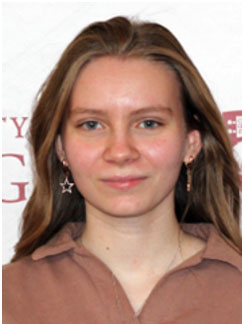
Sofya Fadeeva is from Moscow, Russia and has an impressive high school resume of scientific research accolades and educational accomplishments. Sofya did a deep dive into museums in the US and internationally and organized the information into mailing lists for NSS Education. Sofya brought a lesson she prepared for students ages 8 – 14 which has been incorporated into the Academy as “Journey through the Cosmos.” Fellow intern Bhumika Kalia and NSS Director of Education Frances Dellutri collaborated with Sofya on the “Journey through the Cosmos course. She worked on multi-level lessons for the topic “Gyroscopes – MS” with NSS Space Ambassador Program Director Stevan Akerley and Frances Dellutri. The MS lesson was published in September 2025.
“Hi! My name is Sofya Fadeeva. I’m have completed my first year at the University of Chicago pursuing a BS in Astronomy and Astrophysics. This summer, I joined NSS from my home in Moscow, Russia. With my dream of becoming a scientist in mind, I’m extremely excited to learn how to communicate scientific ideas to kids of all ages and to inspire them to explore the universe as part of my experience in this program.”
Bhumika Kalia
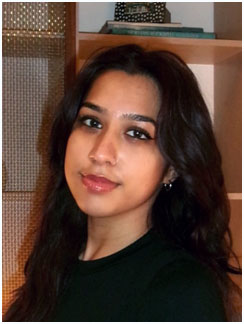
Bhumika Kalia, originally from Jersey City, NJ, has a footprint of academic excellence, social awareness, and contribution. She has participated, organized, and managed STEM education and career readiness from high school into her college years and shares her delight in working on projects for pre-university students, drawing from her development in science discovery and curiosity. Bhumika has prepared and enhanced fellow intern Sofya Fadeeva’s lesson “Journey through the Cosmos” for MS and has created the elementary lesson “Powers of Steps,” an elementary look at the “Powers of Ten” concept for SEA. Bhumika’s other lessons focus on “Goddard’s Contributions“ highlighting some of his innovations and contributions and their significance for space development. Her mentors are NSS Director of Education Frances Dellutri and Loretta Hall, NSS Space Ambassador. These projects are published in the NSS SpacEdge Academy.
“Hi! My name is Bhumika Kalia, and I am studying Molecular Engineering at the University of Chicago. This summer, I joined the National Space Society remotely from my hometown in New Jersey. I am excited to be part of a collaborative environment where I can gain experience curating STEM courses for SpacEdge and conducting research related to aerospace. I look forward to learning from peers and mentors while applying my skills to meaningful projects in space exploration and technology!”
Internship for “Space Settlement” Lesson Creation
One University of Chicago Intern focused on space settlement – what needs to be done and understood to be ready to create habitats in space whether those habitats are large scale spacecraft, or habitats on planets, moons, and asteroids. Space settlement requires solving complex problems in energy, water recycling, food production, radiation protection, and artificial gravity. Many of these innovations can benefit life on Earth, e.g., sustainable agriculture and renewable energy systems. It integrates STEM with economics, law, and social sciences, suggesting to students that space settlement isn’t about rockets — it’s about building societies.
Space settlement encourages students to imagine themselves as future scientists, engineers, and policymakers shaping humanity’s future in space. As Earth faces population growth, climate change, and limited resources, space settlement offers a vision of expanding human civilization while also encouraging sustainable practices here on Earth.
The intern formulated lessons for the SpacEdge Academy that can be utilized by teachers and students to learn about the importance of space settlement and how to create space settlement for us in the future. The goal is to approach space settlement lessons across K-12. The primary focus at present is high school and the integration of scientific concepts into the establishment of space settlement.
Logan Hanssler

Logan Hanssler, Chicago Il, has years of experience in space settlement design competitions as a high school student and now as a university student helping international teams prepare their 50-page proposals for the Space Settlement Design Competition. Logan is a facilitator in these competitions both remotely and face-to-face.
Logan has also run his own competitions at local high schools. Logan made a US national team for three years in a row having competed at the International Space Settlement Design Competitions (ISSDC – world championships) each of those years. He has experience leading a team in SmallSat and has done an internship with the Johnson Space Center. Logan brings years of experience working space settlement.
“My name is Logan Hanssler, and I am a senior at the University of Chicago studying Molecular Engineering and Astrophysics. As a high school student, I was significantly impacted by the National Space Society’s educational resources in space settlement and exploration. I was inspired to pursue a career in aerospace engineering and space education as a result, and I am so excited to give back to the National Space Society through this internship and assist future students in turn. Through this opportunity, I hope to improve my educational resource development skills, thus allowing me to further contribute to the space education community in the future.”
Internships for Historical Research in Lunar Mapping
In the summer of 2025, four University of Chicago students were engaged in literature research focused on how lunar mapping and feature naming was accomplished prior to spacecraft visiting the Moon. The historical researcher internship is a unique NSS SpacEdge Education project mentored by Lynne F. Zielinski, Vice President of Education, Emerita.
Each of the four University of Chicago students were tasked to find, research, collect, and document materials from different archives around the U.S. Their common focus was on the development of three historically important Moon atlases – Photographic Lunar Atlas, Orthographic Atlas of the Moon, and Rectified Lunar Atlas.
These atlases were produced under the direction of Gerard P. Kuiper, who was the director of the University of Chicago’s Yerkes Observatory (Williams Bay, WI) and the Founder and Director of the University of Arizona’s Lunar and Planetary Laboratory (Tucson, AZ) in the 1950s and 1960s.
From the 1920’s to the early 1970’s, much about the Moon was not known. The interns were charged with learning what work was done to determine the process used to (1) better understand the Moon’s origin, (2) consolidate and create the first standardized lunar atlas, (3) determine methods and techniques used in locating, mapping, and rectifying lunar surface features on photographic lunar maps, and (4) investigate how landing sites for lunar spacecraft, such as Surveyor and Apollo, were determined.
Furthermore, the interns organized, cited, and wrote summaries of found information with follow-up activities that could be created into future educational lessons for the National Space Society’s SpacEdge Academy.
The interns found more than five hundred documents associated with this project. Bella Hayes and Sofia Cavallone worked at the University of Chicago’s Special Collections Library.
Bella Hayes
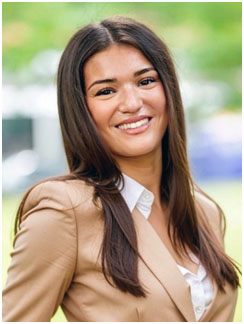
Bella Hayes acted as the lead intern due to her experience working on the project beginning in August 2024 as part of a team of five students creating citations and locating follow-up materials as part of the University of Chicago’s “Metcalf Sprint Grant,” a two-week program with NSS Education that engages student teams to collaborate on one aspect of a project. Bella continued to volunteer on this project through the academic year and into this summer, where she helped to organize the materials found by the other three interns into catalog and topic organizers.
“My name is Bella Hayes, and I am a third-year student at the University of Chicago, majoring in Astrophysics. Working with the National Space Society, I aimed to obtain as much research experience through working hands-on and learning from others on the team. This opportunity will be instrumental in my future aspirations of traveling to space.”
Sofia Cavallone
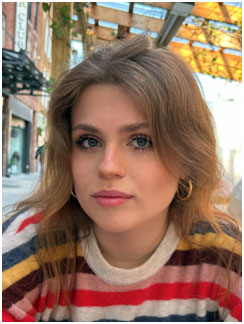
Sofia Cavallone was engaged in finding materials associated with the beginning of the lunar atlas program by going through archive boxes from Yerkes Observatory in the University of Chicago’s Special Collections Library. These materials validate the involvement of Yerkes Observatory and the transition of Kuiper’s team as they moved the lunar atlas project to the University of Arizona, thus creating the Lunar and Planetary Laboratory. Original funding grants and the involvement of the US Army, Air Force, National Science Foundation and NASA showed that America’s interest in forming outposts on the Moon was a strategic goal early in the 1950s.
“My name is Sofia Cavallone and I am a junior at the University of Chicago double majoring in Astrophysics and English Literature. Throughout my experience with science communication, historical and archival research, space science, and investigative journalism, I have fostered a deep commitment to the exploration of astronomical phenomena and its intersection with creative storytelling. Working with the National Space Society, I hope to hone these interdisciplinary skills, and enjoyed rigorously delving into the historical documentation of humanity’s space endeavors and lunar mapping; through tracing back the narrative, not only can we trace the full scope of the story, but we can also propel it forward, forging lasting impacts for astronomical research and space education.”
Jared St Jean
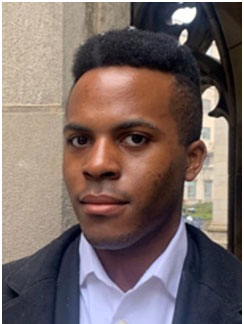
Jared St Jean worked through the archives at the University of Arizona Special Collections Library in Tucson. Jared investigated two collections of donated materials from the estates of Gerard P. Kuiper and Ewen Whitaker. Kuiper is famous for his discovery of two moons, one around Uranus and the other of Neptune. The Kuiper belt where Pluto resides bears his name. Kuiper and Whitaker are both authors that contributed to all three lunar atlases. Whitaker’s collection spanned decades from the inception of the atlas project, through the Ranger, Surveyor, Soviet Lunik, and Apollo programs.
“My name is Jared St. Jean, and I am a second-year student at the University of Chicago. I am double majoring in History and Astrophysics, and I appreciated expanding my research skills with the National Space Society through this project. This experience was a rewarding one as I am continuing to find my way studying Astronomy and Astrophysics and contributing to a project of this magnitude was amazing to participate in. I enjoyed establishing new relationships, techniques, and ways to explore how planetary science as an academic discipline came to be and how this contributed with space exploration especially to the Space Race.”
Alex Mogolion

Alex Mogolion worked in the Los Angeles area at the Huntington Library Special Collections and at the Carnegie Historical Observatory on collections associated with early lunar globes created at the Mt. Wilson Observatory. These globes were used to demonstrate lunar rectification. Rectification is the process of correcting the distortions of craters along the limbs of the curved lunar surface. Alex also found materials associated with Mary Blagg who in the 1920s and 30s created the first lunar atlas containing standardized nomenclature for lunar features.
“My name is Alex Mogolion and I’m an Economics and Astrophysics student at the University of Chicago. I really enjoy dissecting markets, modeling behavior, and exploring how real-world choices and policy can shape incentives and outcomes in our day-to-day lives. In astrophysics, I have always been fascinated by large scale structure and evolution of the universe, and I love applying my mind to complicated methods and theories to understand everything from dark matter to the marvels of relativity. Whether analyzing macroeconomic trends or eye-catching stellar phenomena, I’m drawn to the challenge of making sense of complex systems.”
How NSS Will Use This Work
SpacEdge engages in many educational initiatives and in education management, creating lesson plans and curriculum, organization and management of contests, visual arts and design, marketing, research, and outreach. The addition of personnel in these initiatives allows the Education Team to focus on immediate and long-term projects/concerns and gives the opportunity for the established programs to grow and thrive.
We have found extraordinary talent to answer the call of joining the SpacEdge Education efforts through NSS membership, volunteer platforms, and innovative outlets such as universities and companies seeking to find unique internship experiences for their students and employees.
For the last four years, the University of Chicago has given the NSS an opportunity to submit proposals for unique student experiences. This has provided a value of over $135,000 to SpacEdge. Depending upon the internship program, the University of Chicago-funded student awards range from $2,000 to $5,000 per season. Some students decide to continue collaborating with us voluntarily during the academic year. We find the U of C interns to be of robust talent, enthusiastic, and poised for success.
Hosting interns is one of NSS’s responses to the quickly growing concern of finding the talent for space-related careers of the future. McKinsey and Company reported at Davos in January, 2025 that the space economy will reach $1.8 trillion by 2035. There is much to do to shape the use of space responsibly.
SpacEdge Academy Lesson Creation/Curation:
SpacEdge Academy (SEA aka the Academy) provides space-related STEAM education to learners. The Academy’s goals include fostering global education, creating a sharing network and community, and providing mentorship opportunities. The Academy encourages students to enter the STEM/STEAM career pipeline. The Academy currently hosts 150+ STEM/STEAM courses and was visited by over two million people during 2022-2025.
Hosting interns is one of NSS’s responses to the quickly growing concern of finding the talent for space-related careers of the future. McKinsey and Company reported at Davos in January, 2025 that the space economy will reach $1.8 trillion by 2035. There is much to do to shape the use of space responsibly.
The Academy contains original and augmented educator-written and designed lessons, projects, activities, online courses, collaborative challenges, and contests for K-12 teachers and students. The Academy and SEE staff present space topics such as space exploration, planetary defense, space development, and space settlement to online and on-site venues.
Educational Standards such as the US Next Generation Science Standards (NGSS) and U.S. Common Core State Standards (CCSS) are referenced in the lessons/courses for teacher incorporation into a standards-based curriculum.
Some schools lack space-related lessons due to an already tightly set curriculum. Through the lessons that SpacEdge offers, teachers are given tools to help them justify space studies and incorporate them into other established curriculum units.
The efficacy of teachers who feel confident in presenting space-related material they may not have otherwise had an opportunity to study is an objective of the Academy. The more support and confidence a teacher has in learning and presenting a new curriculum, the more effective and successful she/he can be in preparing students to consider a career in the space industry.
Through the Academy, educators globally share best teaching practices, using the Academy to collect data, participate in active research, collaborate, share, and publish lessons.
The University of Chicago (U of C) interns on this project spent their time supporting the NSS online learning management platform, SpacEdge.nss.org.
The K-12 subject categories of NSS SpacEdge Academy:
- Exploring Space and Planetary Defense
- Developing Space
- Settling Space
- Other Edges of Space (Citizen Science, Book Reviews, Other Opportunities)
